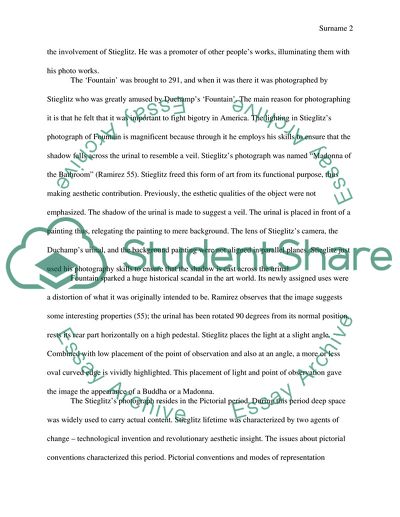Cite this document
(“Alfred Stieglitz's Photograph of Marcel Duchamp's Fountain Term Paper”, n.d.)
Alfred Stieglitz's Photograph of Marcel Duchamp's Fountain Term Paper. Retrieved from https://studentshare.org/visual-arts-film-studies/1680262-alfred-stieglitzs-photograph-of-marcel-duchamps-fountain
Alfred Stieglitz's Photograph of Marcel Duchamp's Fountain Term Paper. Retrieved from https://studentshare.org/visual-arts-film-studies/1680262-alfred-stieglitzs-photograph-of-marcel-duchamps-fountain
(Alfred Stieglitz's Photograph of Marcel Duchamp'S Fountain Term Paper)
Alfred Stieglitz's Photograph of Marcel Duchamp'S Fountain Term Paper. https://studentshare.org/visual-arts-film-studies/1680262-alfred-stieglitzs-photograph-of-marcel-duchamps-fountain.
Alfred Stieglitz's Photograph of Marcel Duchamp'S Fountain Term Paper. https://studentshare.org/visual-arts-film-studies/1680262-alfred-stieglitzs-photograph-of-marcel-duchamps-fountain.
“Alfred Stieglitz's Photograph of Marcel Duchamp'S Fountain Term Paper”, n.d. https://studentshare.org/visual-arts-film-studies/1680262-alfred-stieglitzs-photograph-of-marcel-duchamps-fountain.


